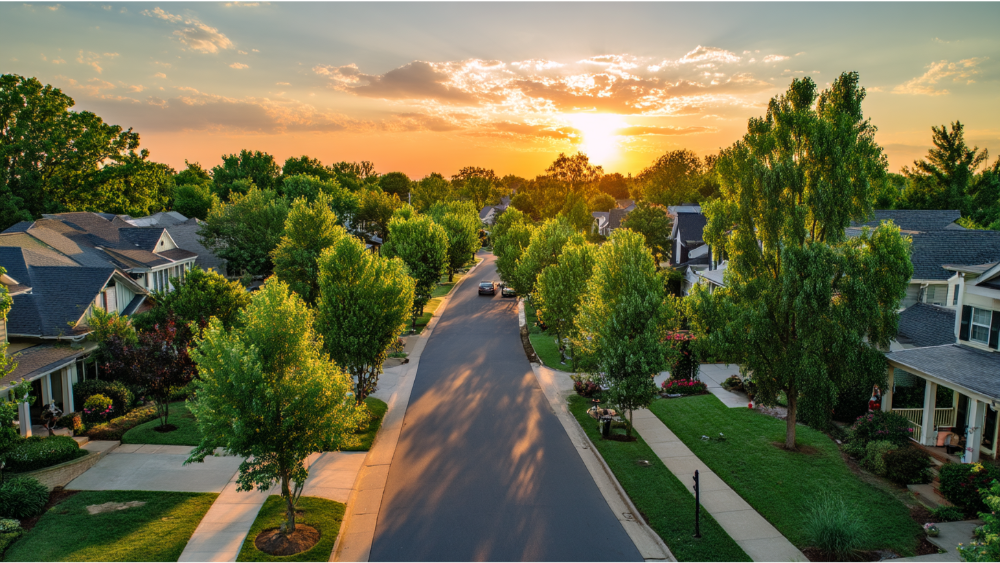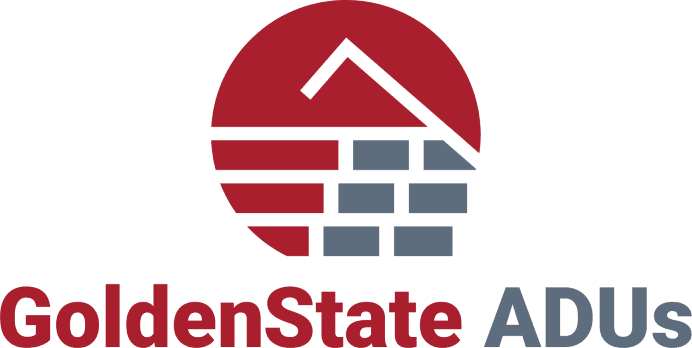Partnered with #1 ADU Builders
Contact Golden State
Drop us a line! We look forward to discussing your next project with you!
Cut the chase! Schedule a face-to-face virtual meeting with us today to dive into your project's next steps.
For our returning clients, experience our streamlined, contact-free project proposal process. Simply fill out our short project questionnaire, and we'll deliver your project proposal within 72 hours.
Contact Us:
Follow Us:

- Golden State Design & Engineering
- Comment 0
What Is a Zoning Variance? Understanding Exceptions to Local Zoning Rules
What Is a Zoning Variance?
A zoning variance is a legal exception to local zoning laws that allows a property owner to use or build on land in a way that would otherwise be prohibited by existing ordinances and local regulations. This zoning exception is not a change in the zoning code itself, but a specific, property-based relief granted by a local zoning board. Variances are typically sought when strict adherence to zoning restrictions and existing zoning ordinances would cause an undue hardship due to unique property challenges, such as irregular lot shape, topographical limitations, or other site-specific constraints.
Understanding what is a zoning variance? Understanding exceptions to local zoning rules is key for homeowners, developers, and anyone involved in real estate development. Whether for a residential property or commercial property, obtaining a variance can be the only path to fully realizing a property’s potential under difficult circumstances.
Why Zoning Laws Exist

Zoning laws serve as a framework for land use, separating residential, commercial, and industrial areas while defining building standards like height limits, lot size, and setbacks. These zoning ordinances are enforced by local authorities, usually a zoning board or city council, to protect neighborhood character, public safety, and environmental quality.
However, the zoning variance process acknowledges that not every existing property fits neatly into modern local zoning regulations. That’s where variances come in—as a way for property owners to apply for relief without undermining the broader community standards set by local government.
The Two Main Types of Zoning Variances
Area Variances
Area variances are the most common type of zoning variances. They involve adjustments to physical or dimensional zoning restrictions such as setbacks, building height, and lot coverage. For example, a property owner may seek a variance to build a garage closer to the property line than current zoning laws allow.
These variances are granted when strict compliance with the existing zoning regulations would create practical difficulties due to the unique physical conditions of a lot. They are typically approved when the requested change doesn’t negatively impact the surrounding community or violate key aspects of community standards.
Use Variances
Use variances are less common and harder to obtain. They allow a property owner to use their land in a way not permitted by the zoning ordinances—for example, operating a small business in a residential zone. These requests must demonstrate that the use won’t conflict with community objectives, lower property values, or disrupt the broader public interest.
The zoning variance involves a careful balancing act: allowing flexibility for individual property owners while preserving the local zoning framework that governs all development.
When Zoning Variances Are Typically Sought

Zoning variances are typically sought in a range of scenarios:
- Building on a sloped, irregular, or narrow lot
- Adding an accessory dwelling unit (ADU) that exceeds setback limits
- Redeveloping an existing property with new construction not allowed by the current zoning laws
- Adjusting lot dimensions during a land subdivision
- Expanding a structure near the property line
- Establishing a commercial property in a zone designated for residential use
In all cases, the formal request must show that the variance request will not cause traffic congestion, overburden infrastructure, or otherwise harm the local residents.
How to Apply for a Zoning Variance

Step 1: Pre-Application Consultation
Meet with urban planners or local planning staff to review your proposal. They will explain relevant zoning ordinances, help identify potential conflicts with the local zoning code, and guide you through the application process.
Step 2: Submit Your Application
To apply for a zoning variance, you must complete an application that often includes:
- Site plans showing proposed changes
- A hardship letter explaining the reason for the requested variance
- Proof of ownership and property line documentation
- Required documentation such as surveys and environmental reports
- Application fees
Step 3: Public Notice and Community Engagement
Your application will trigger a public notice to adjacent neighboring properties and may be posted in a local newspaper. Community input is vital. Community members and stakeholders are invited to weigh in during the public hearing, which is part of the approval process. Strong community engagement can increase your chances of success.
Step 4: Public Hearing
At the public hearing, your case will be reviewed by the local zoning board. You’ll present your plans, explain the undue hardship, and address any concerns raised by community members or planning staff. A decision is made based on the application’s merits, community feedback, and alignment with local zoning regulations.
Step 5: Zoning Board Decision
The zoning board will vote to approve, deny, or conditionally approve the variance. The approval depends on whether the variance request:
- Resolves a genuine undue hardship
- Aligns with the public interest
- Does not contradict the local zoning laws or existing ordinances
- Maintains harmony with community standards
Once approved, the requested variance becomes part of the property record. Variances typically run with the land, not the individual owner, meaning future property owners inherit the same rights and conditions.
How Zoning Variances Support Real Estate and Development

For developers and real estate professionals, zoning variances are vital tools for unlocking the value of irregular parcels, adapting older sites to modern needs, and maintaining flexibility in project design. Whether working with residential property or commercial property, the variance process ensures that viable development is not blocked by outdated or overly rigid zoning restrictions.
GSDE supports clients through the entire zoning variance process, offering in-house surveying, engineering, and permitting support. Our team prepares everything from architectural drawings and impact statements to neighborhood outreach and presentation support at the zoning board, helping to overcome potential legal challenges.
Key Aspects of a Successful Variance Application
To increase your odds of approval:
- Clearly document the unique property challenges
- Show that the variance won’t negatively impact neighbors or the surrounding community
- Provide technical support like site plans, land surveys, and engineering documentation
- Demonstrate efforts to meet the intent of zoning laws even if full compliance isn’t possible
Frequently Asked Zoning Variances and the Application Process Questions
What’s the difference between a zoning variance and rezoning?
A zoning variance grants an exception to existing zoning regulations for a specific case, while rezoning changes the zoning code designation for a property. Variances are handled by the local zoning board, whereas rezoning may require city council approval.
Can a variance be appealed?
Yes. If your application is denied, you can appeal the decision depending on your jurisdiction. Appeals often go to the local government’s planning commission or even a superior court.
Does a zoning variance expire?
In most jurisdictions, an approved variance does not expire, but it may include time limits for beginning construction. Always verify conditions with your local zoning board.
Will a variance affect my neighbors?
It depends. Most zoning variances are minor and cause no impact. However, neighboring properties may express concern during the public hearing, particularly if the request appears to affect privacy, access, or property values.
How much does it cost to apply for a zoning variance?
The fee to apply for a zoning variance varies by city and county but typically ranges from $500 to $2,500. Additional costs may include surveys, legal fees, and required documentation.
Why Work With GSDE
Golden State Design & Engineering is your trusted partner in navigating local zoning regulations across California. Whether you’re trying to build an ADU in Sacramento, modernize a hillside lot in El Dorado Hills, or redevelop a parcel in Folsom, we handle everything from initial concept to public hearing.
Our in-house experts in land surveying, civil engineering, and permitting ensure that every variance request is supported with clear plans, solid evidence, and persuasive arguments. We also support community involvement, helping clients engage with community members, neighbors, and planning officials to achieve a balanced outcome that respects both property owner rights and the broader public interest.
#NAICS’s:
- 541310 Architectural Services &
- 541330 Engineering Services
DUNS NO:
- 119132267
#SIC’s
- 8712 Architectural Services &
- 8711 Engineering Services
Cage #
- 9R4L5
#UNSPSC’s:
- 81101500, 81101502, 81101505, 81101508, 81101526, 81101533, 81101522

